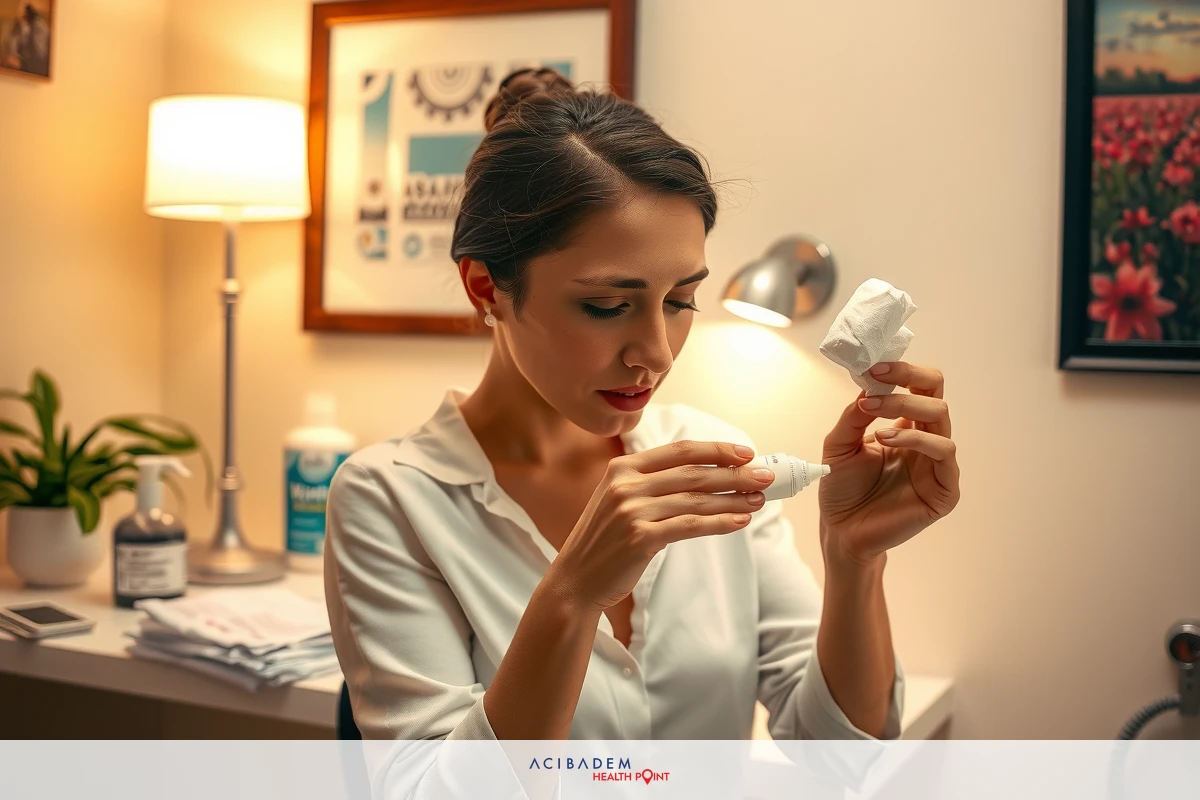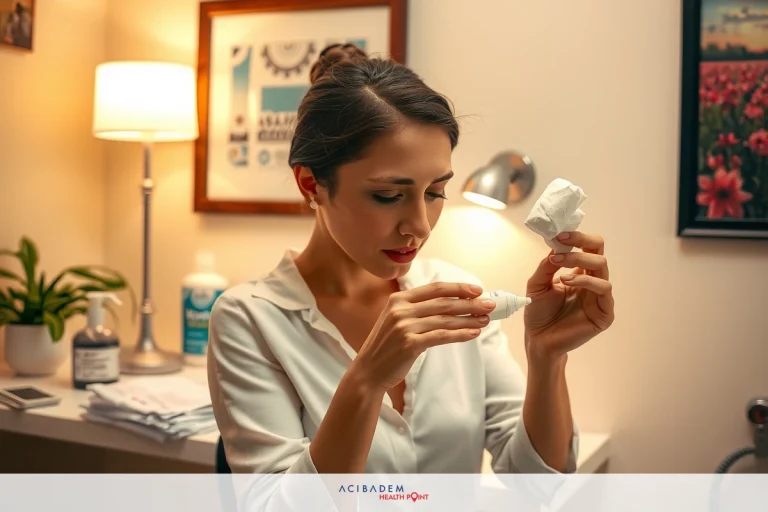How to Clean Rhinoplasty Stitches
How to Clean Rhinoplasty Stitches Rhinoplasty stitches require careful attention and proper care to ensure a smooth recovery process. Proper cleaning of these stitches is paramount in preventing potential infections which could delay healing, cause discomfort, or lead to unwanted scarring. This involves a careful routine that patients can easily follow at home with the right guidance.
This article offers a detailed guide on how to clean rhinoplasty stitches, aims to emphasize the importance of keeping them clean, and provides helpful tips for effective aftercare. It’s important to remember that while this guide is comprehensive, it should not replace any advice or instructions given by your healthcare provider.
Why is it Important to Clean Rhinoplasty Stitches?
When it comes to rhinoplasty stitches, cleanliness is of utmost importance. Keeping the stitches clean not only speeds up the healing process but also minimizes the risk of potential complications. Infections can occur when bacteria enter through a wound or incision site, and in the case of rhinoplasty, this could lead to severe complications such as tissue damage or even sepsis. By ensuring that the stitches are kept clean, patients can significantly reduce their chances of infections.
Cleaning the rhinoplasty stitches also plays a crucial role in promoting healing. After rhinoplasty surgery, your body naturally starts the repair process. During this time, it’s important to provide an optimal environment for healing. Clean stitches help to prevent any hindrances to this natural repair process, allowing your body to focus on rebuilding tissues rather than fighting off potential infections.
Furthermore, proper cleaning and aftercare of rhinoplasty stitches can result in less visible scarring. When stitches are kept clean and free from infection, they heal more evenly and smoothly, reducing the appearance of scars. This is particularly important in rhinoplasty where aesthetics are a primary concern for many patients. So, it’s clear that keeping your rhinoplasty stitches clean is not just about immediate aftercare but also impacts the long-term results of your surgery.
Step-by-step Guide to Cleaning Rhinoplasty Stitches
After rhinoplasty surgery, patients are often concerned about how to properly care for their stitches. Understanding the correct cleaning procedure can not only help speed up the healing process but also ensure that potential infections and complications are avoided. Here is a step-by-step guide that you can follow at home:
- Wash your hands thoroughly: Before you begin, make sure your hands are clean. Use warm water and soap and scrub for at least 20 seconds.
- Prepare a saline solution: A saline solution can be used to clean the area around the stitches. You can prepare this at home by mixing half a teaspoon of salt in a cup of warm water.
- Apply the saline solution: Dip a clean piece of gauze or cotton ball into the saline solution and gently dab it on the stitches. Avoid rubbing or tugging at the stitches.
- Pat dry: After cleaning with saline, use a different piece of clean gauze or cotton ball to pat the area dry.
- Apply prescribed ointment: If your doctor has prescribed an ointment, apply it as directed. This can help prevent infection and keep the area moist which aids in healing.
- Avoid covering the stitches unless directed: In most cases, it’s best to leave the stitches exposed to air as it promotes healing. However, follow your doctor’s instructions if they advise otherwise.
Remember, this guide should be followed in conjunction with any specific instructions provided by your healthcare provider.
Tips for Effective Aftercare of Rhinoplasty Stitches

While cleaning your rhinoplasty stitches is a critical part of the aftercare process, it’s not the only step. There are several other factors to consider to ensure that you’re taking the best possible care of your stitches post-surgery. Here are some tips that can aid in the healing process and prevent complications:
- Avoid touching your nose: Try to avoid touching your nose as much as possible. This can help prevent bacteria from entering the wound and causing an infection.
- Stay hydrated: Hydration is key to promoting faster healing. Drink plenty of fluids throughout the day.
- Eat a balanced diet: A diet rich in protein, vitamins, and minerals can help speed up recovery.
- Avoid strenuous activities: High impact activities or exercises can increase blood pressure and cause bleeding or swelling around the surgery area.
- Sleep with your head elevated: Keeping your head elevated can help reduce swelling and discomfort.
- Follow all instructions from your healthcare provider: This includes attending all follow-up appointments and taking prescribed medications as directed.
These tips can significantly contribute to a smooth recovery process after rhinoplasty surgery. However, they should be followed alongside specific instructions given by your healthcare provider.
Frequently Asked Questions
How often should I clean my rhinoplasty stitches?
It is typically recommended to clean your rhinoplasty stitches at least twice a day, or as advised by your healthcare provider. However, always follow the specific instructions provided to you.
Can I use hydrogen peroxide or alcohol to clean my rhinoplasty stitches?
No, it is best to avoid using hydrogen peroxide or alcohol on your rhinoplasty stitches as they can be too harsh and may delay the healing process. Stick to using a saline solution or any other cleaning solution recommended by your healthcare provider.
When can I start applying makeup after rhinoplasty surgery?
It is generally recommended to wait until your stitches have been removed and your surgeon has given you the go-ahead before applying makeup on or around the surgical area. This typically takes about 1-2 weeks, but it may vary depending on individual healing progress.
Can I take showers with my rhinoplasty stitches?
Yes, you can take showers with your rhinoplasty stitches. However, it is important to avoid direct water pressure on the surgical area. Gently pat the area dry after showering and avoid rubbing or scrubbing the stitches.
What should I do if my rhinoplasty stitches become infected?
If you suspect that your rhinoplasty stitches are infected, it is crucial to contact your healthcare provider immediately. They will provide guidance on how to proceed, which may include starting antibiotics or scheduling an appointment for examination and treatment. These frequently asked questions aim to address some common concerns regarding cleaning and caring for rhinoplasty stitches. Remember, if you have any specific questions or concerns, it's always best to consult with your healthcare provider for personalized guidance.











